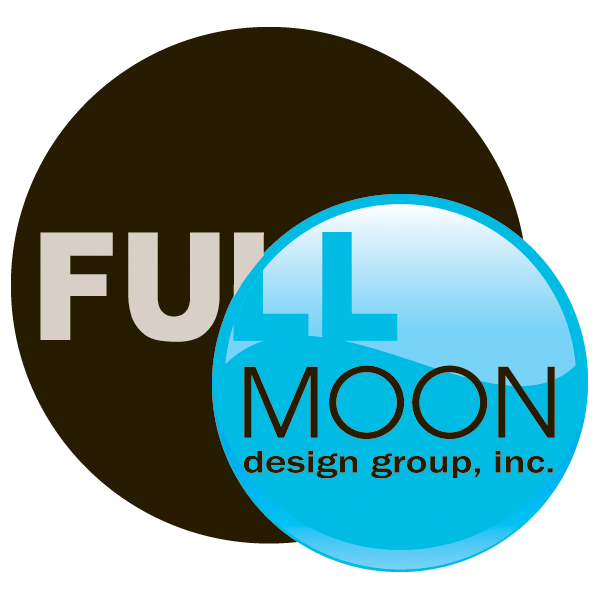Communication is one of the most important parts of the design process. A good designer will check in with you early and often.
Between all the mockups, feedback, revisions, and testing, we love to hear your opinions and make sure we’re on the same page.
Effective communication takes a design from good to truly great. These five tips will ensure you’re communicating with your designer as effectively as possible.
1. Be Clear About Your Timeline
What are your deadlines and expectations for your project? Be upfront with your designer about these constraints.
Also build in some extra time whenever possible. Because graphic design is a creative process, it can sometimes take some unexpected, but very inspired, turns. Maybe you’ll need some extra back-and-forth with your designer to explain just what you mean by a certain piece of feedback, for example.
Creating a truly dynamic and effective professional design takes skill, time and knowledge. Bringing realistic expectations to the table will keep you from feeling frustrated.
Remember to make sure you’ll be reasonably available during the creation process to provide feedback when your designer needs it. You won’t want to be unplugged on vacation, or swamped with deadlines of your own during the busiest time of year for your business.
2.Have your written content and required images ready to go.
I repeat this adage all the time: content is king.
The best design is built around the content, not the other way around. When your written content and images are perfectly laid out and beautifully presented, you’ll always get better results.
Trying to jam content into an existing website design never works. It’s also a time-consuming process that only delays your project.
3. Spend plenty of time on your designer’s brief questionnaire or other onboarding documents.
Most designers will have some kind of initial questionnaire for you to fill out, and too many clients rush through this step of the process.
This is your chance to give plenty of context and really express your vision and what you most want to achieve. When you’ve set aside time to work on your answers, the smallest, and often most important, details will come to you.
Will this design need to go on your company’s website, but also a billboard? Can you name your competitors, so we can avoid using the same branding colors? How did you arrive at your company’s name? This can be good to know when creating a logo. Are there any deal-breakers or things you don’t want? Be sure to let your designer know about those, too. And so on.
Being decisive and clear at this stage of the process saves you time and money while demonstrating that you respect your designer’s craft.
4. Provide visual examples of designs you love most.
The best (and most fun!) method of showing your designer what you love is by creating a Pinterest board. It’s the easiest way to take ideas you can’t quite describe in words and make them crystal-clear to your designer.
For instance, “royal blue” or “periwinkle” can actually mean slightly different things depending on who you ask. Or maybe you think that when a design “pops” it means bright colors, while it means bigger and bolder fonts to someone else. See where the confusion can creep in?
When it’s right there on your Pinterest board, your designer will have no doubt about your design preferences. Some items you might pin include examples of typography, colors, and logo designs you love. Just as useful can be brand concepts that resonate with you – especially those from outside your industry. Anything that catches your eye can be helpful.
When you’re finished, simply share your board with your designer.
5. When it’s time for feedback, be clear and constructive.
It’s easy to be vague when giving feedback because it often means describing how you feel about a design – and feelings are hard to put into words. It’s often helpful to review your design, take a break, then come back and share feedback. Take your time putting your feedback into concrete terms that are clear and specific.
One method of communicating feedback is to describe what problem you’re experiencing as you consume the design, and let you designer supply the solution. For example, instead of saying, “Please make the font bigger,” you might say, “I had trouble finding the call-to-action button.” Your designer might then decide to slightly alter the color palette so the call-to-action buttons stands out, rather than increase the font size.
You’ll also need to be specific, like you were in your initial questionnaire. It’s tempting to say, “Can you give this logo more of a ‘wow’ factor?” But it’s much more helpful to say something like, “Since our audience is so young, I think they’d like brighter colors than what you have here.”
The feedback stage is also a great time to ask questions. Are you wondering why your website is laid out with a menu along the side of the page, rather than across the top like you’re used to seeing in your industry? Just ask!
Finally, resist the urge to skip over the positive feedback. What do you like? What are you impressed with? What did your designer do well? Don’t forget to mention those, too.
Ready to put these communication tips into action as we collaborate on your next project? Let’s set up a time to chat.


